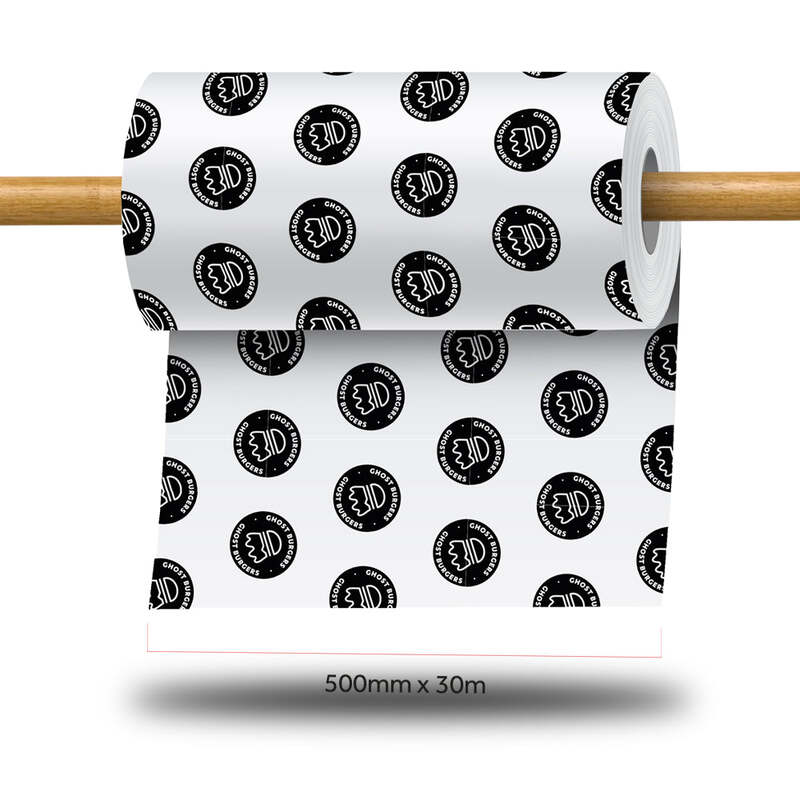The Art and Science of Printed Boxes
In the realm of packaging, printed boxes have carved a niche that merges aesthetics with functionality. With their delicate balance of utility and visual appeal, printed boxes have become indispensable not just in the realm of packaging but as a crucial element in branding, marketing, and consumer experience. This article takes a closer look at the various aspects of printed boxes, exploring their significance, the processes involved in their creation, and the evolving trends that define their use in today’s market.
The Importance of Printed Boxes
Printed boxes serve a multifaceted purpose. Primarily, they protect the products inside, ensuring that they reach consumers in pristine condition. However, beyond their protective role, these boxes are powerful marketing tools. A well-designed printed box can capture the consumer’s attention on a crowded shelf, creating a lasting impression that influences purchasing decisions. The use of colors, graphics, and typography in printed boxes can effectively communicate a brand’s message and values, thereby enhancing brand recognition.
Moreover, printed boxes allow businesses to tell their story. The design elements can reflect the company’s ethos and ethos, whether it’s sustainability, luxury, or innovation. This narrative aspect is essential in an age where consumers are increasingly looking for brands that resonate with their personal values.
The Manufacturing Process
Creating printed boxes is an intricate process that begins with design. Designers use software to create visually appealing graphics that will resonate with the target audience. Factors such as color psychology, typography, and imagery are meticulously considered. Once the design is finalized, the choice of materials is made. Options range from cardboard to corrugated fiberboard, each with its unique properties and suitability for different products.
The printing process follows, which can involve various methods such as offset printing, digital printing, or flexography. Each printing technique has its advantages; for example, digital printing allows for short runs and customization, while offset printing is more cost-effective for large volumes.
printed boxes

After printing, the boxes are cut and assembled. Efficient production often involves the use of die-cutting techniques to ensure precision and consistency. The final product is then subjected to quality control checks to ensure that it meets the required standards.
Trends in Printed Boxes
As consumer preferences evolve, so do trends in printed boxes. One of the most notable trends is the shift towards sustainable packaging solutions. Consumers today are more environmentally conscious, prompting brands to seek eco-friendly materials and printing processes. The use of biodegradable inks, recycled materials, and minimalistic designs are gaining traction in the industry.
Another significant trend is customization. Brands are increasingly recognizing the power of personalized packaging. Customized printed boxes, whether featuring the consumer's name or specific product information, can create a special connection with customers, enhancing their overall experience.
Furthermore, the integration of technology into packaging is on the rise. Augmented reality (AR) and QR codes printed on boxes can enhance interactivity, offering consumers additional content, such as product information, tutorials, or even entertainment, thus bridging the gap between physical and digital experiences.
Conclusion
Printed boxes are more than mere containers; they represent a convergence of creativity, functionality, and marketing prowess. As they continue to evolve, they reflect broader shifts in consumer behavior and technological advancements. For businesses, investing in well-designed printed boxes can lead to improved brand visibility, customer engagement, and ultimately, higher sales. As we move toward a future that prioritizes sustainability and personalization, the printed box will undoubtedly remain a vital component of effective packaging strategy, embodying the essence of a brand while delivering products safely and beautifully.



